In a lesser-known corner of Mumbai, at Anik Depot, a Brihanmumbai Electric Supply and Transport (BEST) museum has been set up showcasing the evolution of the iconic transportation company BEST, from a horse-drawn tramway service to the electric buses we see now. The Mumbai Research Centre of the Asiatic Society of Mumbai organised an educational experience to visit the museum, thanks to the kind courtesy of the BEST museum curator Yatin Pimpale who guided our group with expert inputs. The visit was a sequel to a lecture series in 2020 on the evolution of transportation in Mumbai, thus tying in everyday travel in Mumbai with its booming growth from the colonial age to an independent new age. The museum traces the institution’s history through visual images of buses from the past accompanied by informative text.
The predecessor of BEST was Bombay Tramway Company Limited, started in 1873 by founder Stearns and Kitteredge Company as a horse-drawn tramway company. The Municipality, which was yet to metamorphose into the Brihanmumbai Municipal Corporation (BMC) then, was given the right to buy it out after 25 years of service. The Bombay Tramways Act 1874 was a landmark in Mumbai’s transportation history. Trams were of two types, either drawn by one horse or two. Since then it has been an integral part of 19th-20th century Bombay, as it evolved into the Urbs Prima in Indis or the first city of India.
By 1865, the fort walls were brought down in a bid to create a new city which could accommodate new dockyards, expanding railway networks, and grand architectural expressions in its Gothic line-up on the esplanade. The Great Indian Peninsula Railway began its first passenger service in 1853 and the Bombay Baroda Central Indian Railway in 1863, both providing connectivity for goods and passenger movement from the hinterlands to a new city looking outward to the sea and international routes. The dockyards were expanding to match the East India Company’s growing Empire of which India was a critical supplier and transit point.
Bombay Port Trust was set up in 1873, and the Cotton Boom of 1861-65, indirectly sparked by a distant event of the American Civil War, brought enormous wealth to Bombay and it became a magnet for entrepreneurs, labourers and professionals alike.
Read more: Mumbai needs more BEST buses
BEST’s role making Mumbai the Urbs Prima in Indis
When BEST’s predecessor institution started in the 1870s, it created a huge demand in the city and suburban population which needed regular tram services. Native entrepreneurs had turned South Bombay into a financial and administrative hub, which continues even today in areas like Kalbadevi, Bhuleshwar, the Fort area, port infrastructure and godowns in Mazgaon, Sewri etc. expanded the need for tram networks for both goods, services and daily commute of workers to these areas. The local trains brought the city closer, but the trams improved last-mile connectivity. Mumbai slowly developed as a transit port to and from the city as well as within the city.
Today people don’t remember Dadar TT (Tram Terminus), Mazgaon and Parel TT, but these had become important transportation hubs as they connected areas that had evolved into industrial hubs. The trams played an important role in Bombay’s revolution along with ships and railways. But the difference was that trams made it accessible for the poor. Even now, BEST terminals are located near local train stations to improve last-mile connectivity to schools, colleges and workplaces.
In 1905 a new company, The Bombay Electric Supply and Tramways Company Limited with a monopoly on trams service and electric supply bought the Bombay Tramway Company, and by 1907, Mumbai got electricity-operated trams.
The electrification of transportation services phased out the need for horses gradually. Electricity made processes fast and efficient, although a little expensive initially. However, people still thought that it was worth the money as it saved time – which was a more valuable commodity to workers and entrepreneurs in the up and coming Industrial economy of Mumbai.
In those times, trams and trains were a social equaliser as they opened doors to everyone irrespective of caste, class or religion. They acted as social levellers to bring egalitarianism, which suited the growing cosmopolitan nature of the city.
In 1926, the bus service was introduced, which people and authorities preferred, as it didn’t require tracks to be laid and planners could decide their own new route. In the beginning, all buses were imported, as India was yet to develop its own bus manufacturing. Which only fully caught up post-independence. The buses evolved from diesel to CNG in modern times and now EVs are the new norm, keeping in tune with the city’s sustainability and environmental needs.
In 1947, under the Deed of Concession, the BMC acquired the Bombay Electric Supply and Tramways Company limited and was then named Bombay Electric Supply and Transport Undertaking, with a fleet of 242 buses operating on 23 routes. Trams were discontinued in 1964 – an exhibit in the museum marks that event.
Why the museum is important
The museum showcases 150 years of critical industrial heritage of the city. How, what started as a private institution, became a public undertaking under the BMC, and yet remains autonomous operationally. The BEST continues to keep all its services relevant to the needs of commuters by leveraging technological advancements as we see in the E-buses today.
Despite 9/11, floods every year, pandemics and civic unrest, BEST buses never stop operations. They’ve seen it all in Mumbai. BEST’s sense of operating and the management staff’s commitment to serving the public through good and bad times makes BEST what it is today – the best bus network in India.
The BEST museum has been gradually set up for the last six years or so and BEST is showcasing its preserved heritage very effectively. They have archived the changes in the fleet through photographs and some relics of bus models of the past.
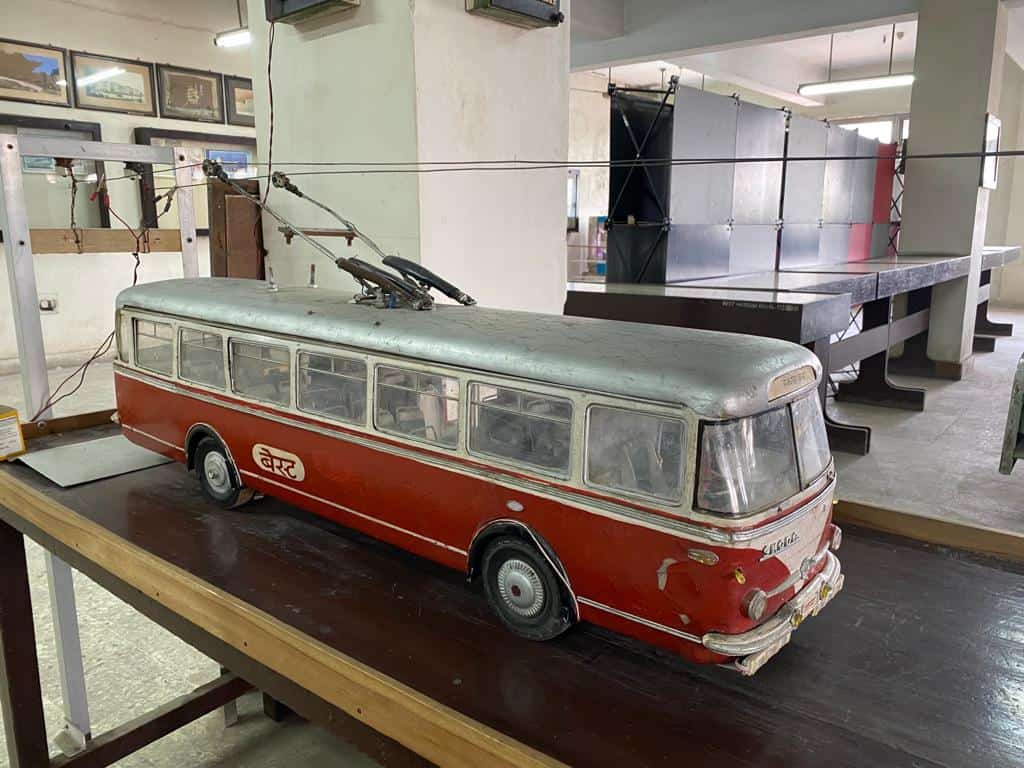
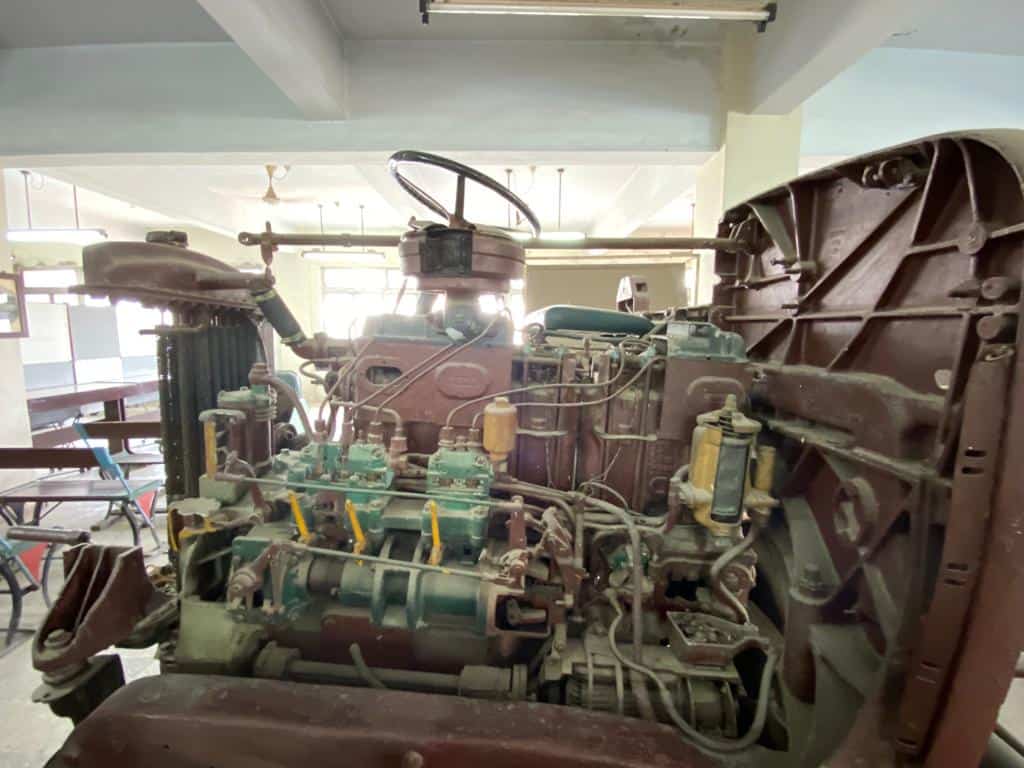
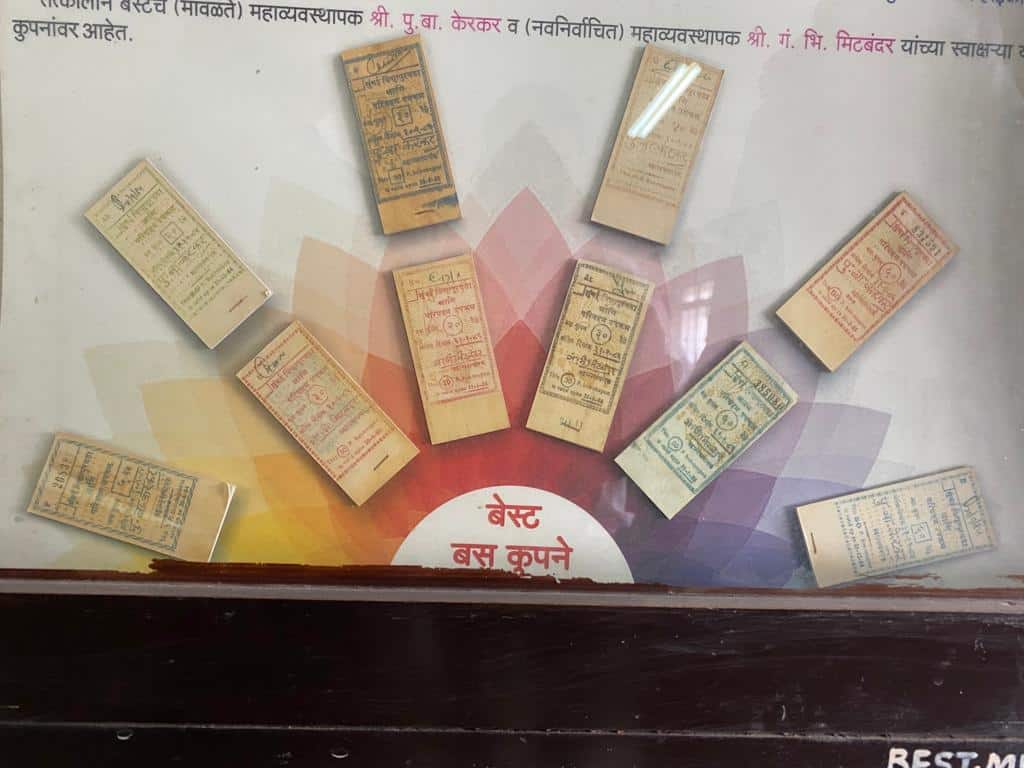

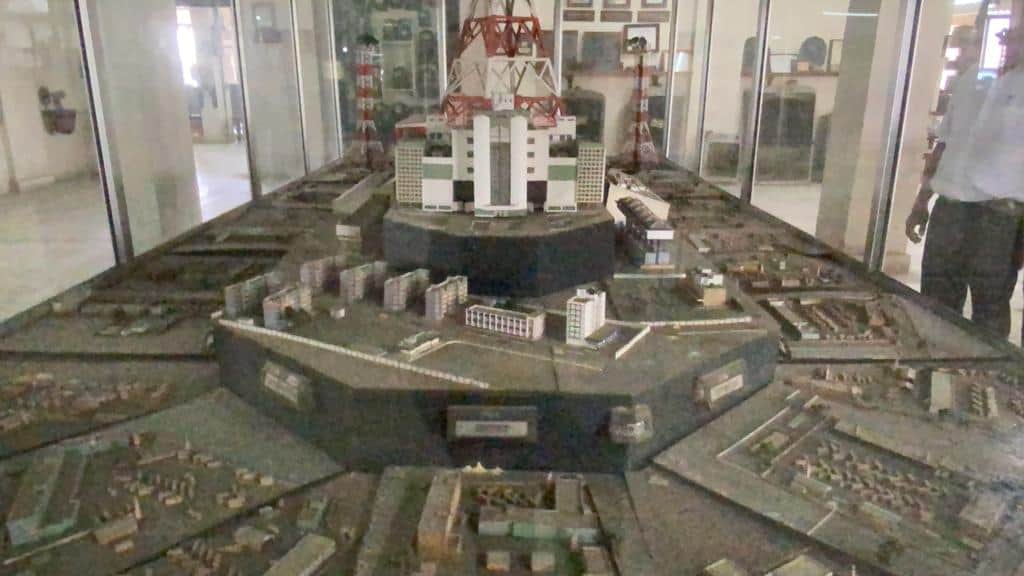
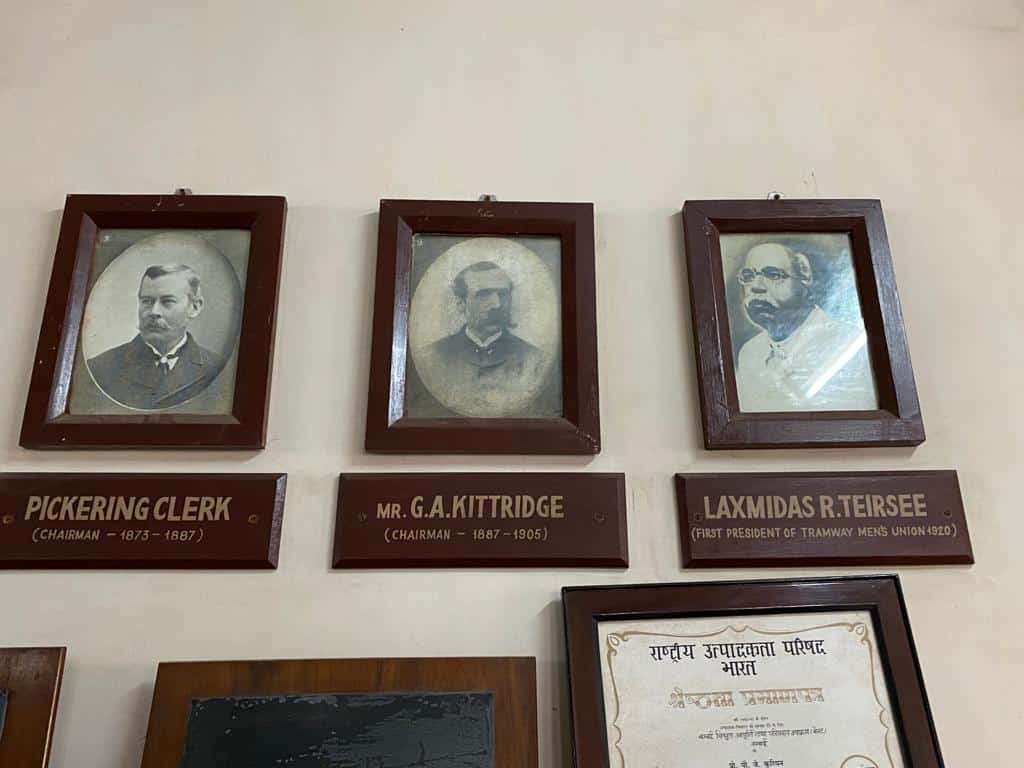


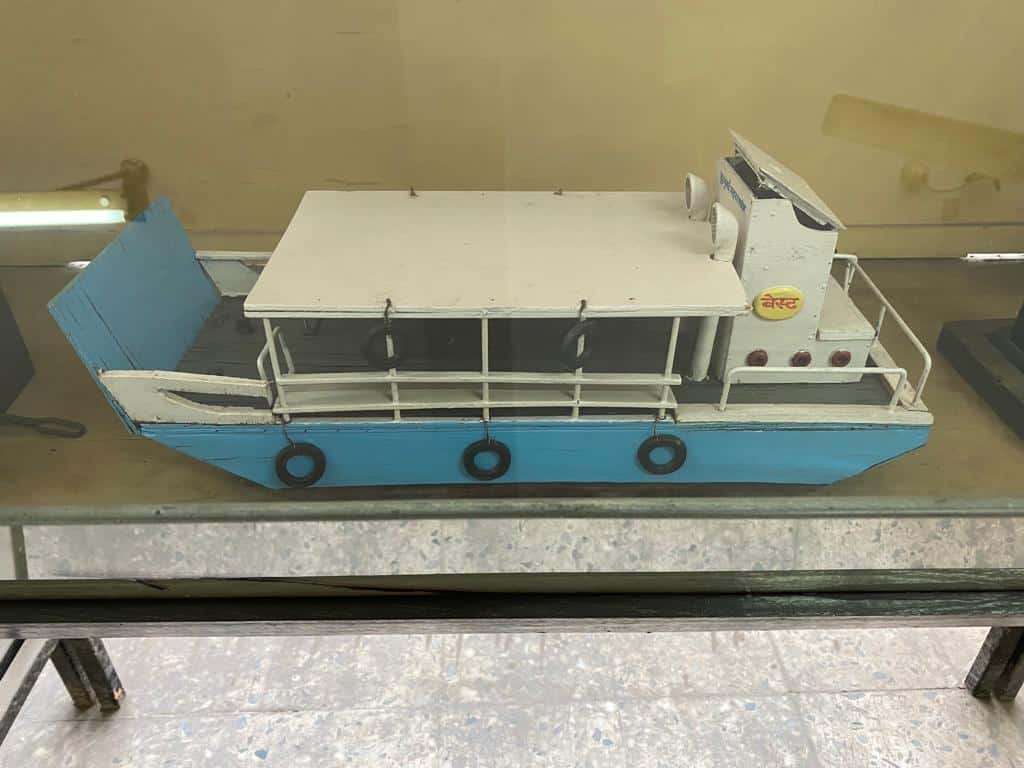
The museum is a must-see for proud citizens of Mumbai and especially the younger generation who is largely unaware of the founders of the great institutions like BEST that serve the city’s needs so effectively.
[Writing assistance provided by Radha Puranik]